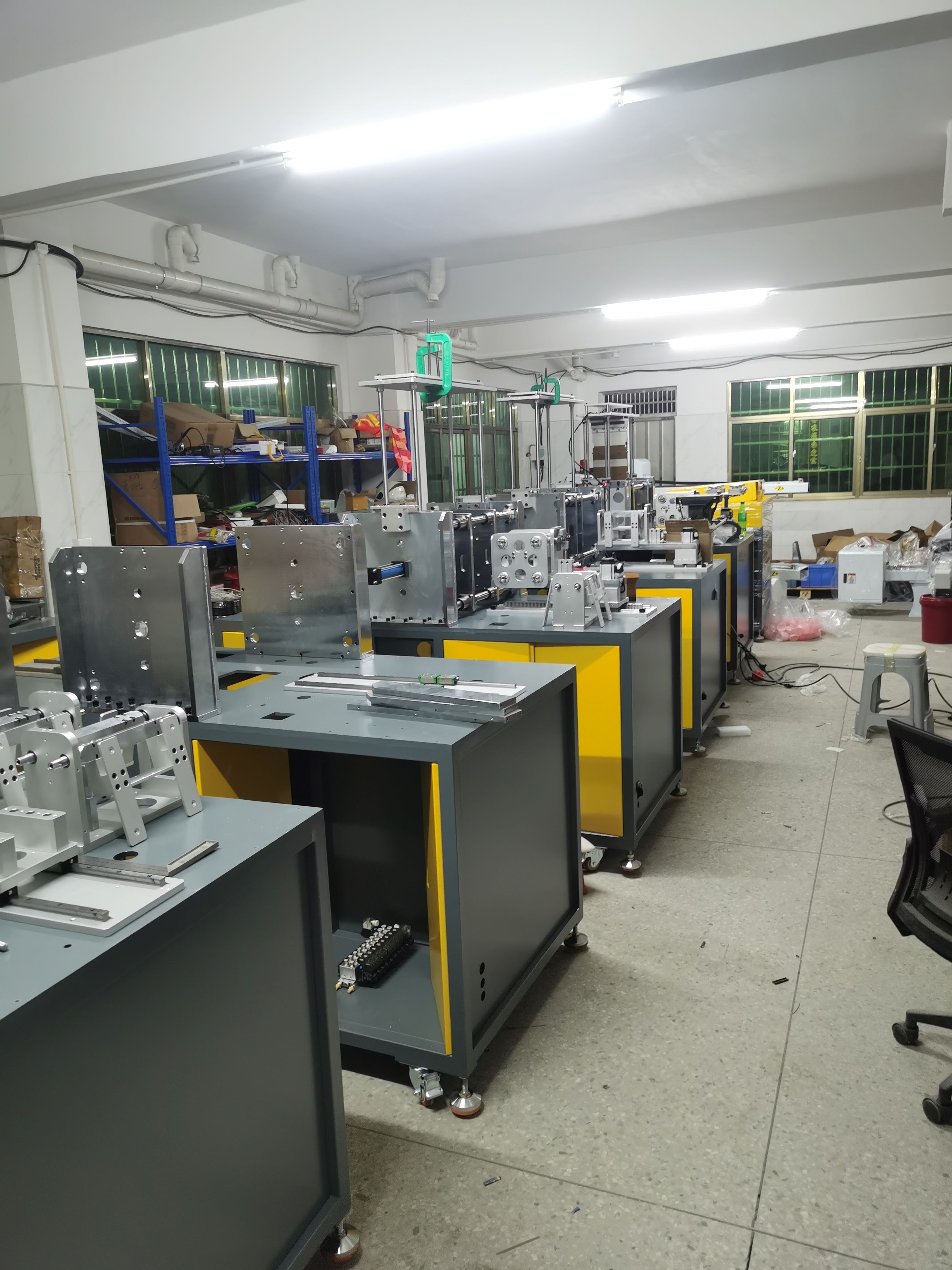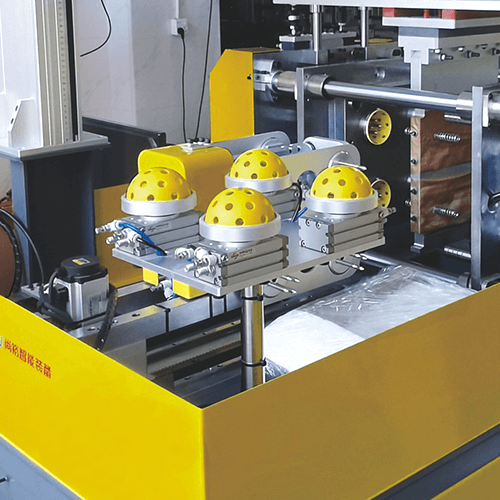 The rise of pickleball has led to increased demand for high-quality, durable balls, which are produced using advanced manufacturing techniques. A critical element in modern pickleball production is the pickleball automatic welding process, a method designed to create sturdy, reliable pickleballs that stand up to the intense demands of the game. Let’s explore each stage of the production process and how automated welding enhances the quality and consistency of pickleballs.
The rise of pickleball has led to increased demand for high-quality, durable balls, which are produced using advanced manufacturing techniques. A critical element in modern pickleball production is the pickleball automatic welding process, a method designed to create sturdy, reliable pickleballs that stand up to the intense demands of the game. Let’s explore each stage of the production process and how automated welding enhances the quality and consistency of pickleballs.
1. Material Selection for Optimal Durability
Pickleball begins with selecting the right materials, typically a durable polymer that resists wear and tear. This material provides the flexibility and resilience needed for the ball to perform consistently, even after extended use.
 2. Molding and Shaping the Ball
2. Molding and Shaping the Ball
Once the material is chosen, it’s molded into two hemispheres. This stage requires precision to ensure each half has a uniform thickness, which affects the ball's bounce and stability. The hemispheres are prepped to align seamlessly during the welding stage.
3. Automated Welding Process: Ensuring Seamless Fusion
The automatic welding process is where technology truly shines. Using a high-precision welding machine, the two halves are fused to create a single, durable unit. This automated process offers a significant advantage over manual welding by delivering consistent, high-quality welds that enhance the ball’s durability and performance.
·Temperature Control: The welding process involves carefully controlled heat, which ensures the polymer melts to a specific consistency for an optimal bond.
·Pressure Precision: The automated system applies the exact amount of pressure needed to join the hemispheres without distorting the shape, achieving uniformity across every ball produced.
4. Quality Assurance: Checking for Perfection
After the welding process, each ball undergoes a rigorous quality check. This involves testing for evenness in bounce, balance, and weight distribution. Balls that pass these tests are cleared for further finishing.
5. Finishing Touches and Branding
In the final step, any rough edges from the welding process are smoothed, and the ball’s surface is polished. The pickleballs are then branded and prepared for packaging.
The Future of Pickleball Production
As the popularity of pickleball continues to grow, advancements in the pickleball automatic welding process promise even better-quality balls, ensuring every game is a consistent experience.

